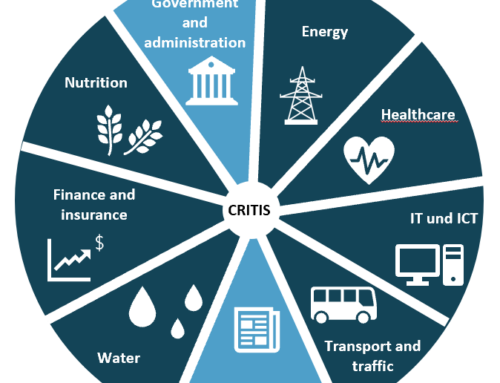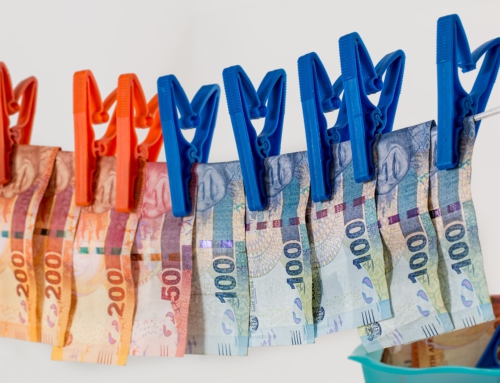Turpentine, coliform bacteria, pesticides, cyanide, broken glass or chemicals: the list of means with which products have been laced in order to extort companies is long; the procurement of these toxins, on the other hand, is simple. The core of any product extortion lies in the nature of the perpetrators, their psyche, their criminal energy, and their determination to carry out the threat. A look at the statistics brings astonishing insights: “The perpetrators” is usually “the perpetrator”, namely a classic lone perpetrator. Often this lone perpetrator tries to fake a group in order to increase his “dangerousness”. It is almost exclusively men who commit this type of crime, and they are often of above-average intelligence. It is also interesting to note that one hardly ever finds previously convicted or habitual criminals among the group of perpetrators of product extortion. The psychological profiles of these perpetrators would certainly provide enough material for a separate scientific treatise. For the companies affected, the assessment of the danger and, derived from this, the probability of the threat being carried out is one of the key issues in crisis management. In principle, an affected company should always prepare for the “worst-case scenario”. However, a realistic assessment of the situation can prevent overreaction.
We provide some insight here, in the “Tylenol” case:
“Tylenol” is considered the first case of product extortion in modern times. From Sept. 30, 1982- Oct. 01, 1982, 8 people died in the U.S. due to ingestion of the drug. Here is a brief overview of what happened: A six-year-old girl, complained of cold symptoms on the morning of 09/30/1982. In response, her parents gave her the drug “Tylenol extra strong” to relieve the discomfort. The girl fell asleep and was found dead a few hours later.
At the same time, a man experienced severe headaches and also decided to take “Tylenol extra strong.” He died a few hours later. The grieving relatives (wife and brother of the deceased) also consumed tablets from the contaminated container and died on 01.10.1982.
Another three people died as a result of ingesting contaminated tablets in Chicago. One woman died as a result in New York. Examination of the capsules revealed contamination with potassium cyanide. Potassium cyanide is also known as “cyanide”.
Based on the fact that the contaminated capsules were produced in different factories, it is believed that the product was contaminated in commerce.
The effects led to a nationwide panic. Through massive publicity, and police warning efforts (use of loudspeaker trucks), Chicago residents were fully informed. Equally, however, they were also frightened. The manufacturer Johnson&Johnson decided to recall all their Tylenol vials on the market. This amounted to 31 million. This alone caused the company a loss of approximately $100 million US. The murders triggered the largest product tampering investigation in law enforcement history, as FBI agents and nearly 120 investigators from various state and local police agencies worked to identify the perpetrator(s). Although no one could be charged with the murders because of a lack of evidence, James Lewis – a 37-year-old New York man – was charged with attempting to extort $1 million from Johnson & Johnson. Lewis was sentenced to 20 years in prison. The poisonings led to the passage of a strict federal anti-counterfeiting law in 1983. Furthermore, a bounty of US $100,000 exists to this day, which has never been paid. In addition, there were 270 imitation acts in the following year, involving a wide variety of product extortion.
The product extortion crisis in the Tylenol case caused Johnson & Johnson to lose 87% of its market share in the over-the-counter painkiller sector. The stock market value fell by more than one billion US dollars. At that point, stock market experts wrote the product off completely.
Johnson & Johnson immediately convened a crisis team and handed over the reins to the then CEO of its subsidiary MCNeil Consumer Products, David Collins. The latter set his priorities as follows:
1. stop the deaths immediately
2. find out the cause of the deaths
3. support those affected
To achieve these goals, 93,400 Tylenol vials were withdrawn from the market immediately after the problem became known. Furthermore, there was an immediate halt to the advertising of Tylenol. To best contain the risk of further victims, 500,000 telegrams were sent to doctors, hospitals and pharmacies. Outstanding was the close cooperation with the press. Everything was made a public issue by means of press conferences, newspaper articles and television reports. This enabled the company to avert further damage to the public. Less than 6 weeks later, the Tylenol product returned to the market. There was a major advertising effort: 2259 salespeople from the company made phone calls to about a million doctors and pharmacies to tell them about the new, safe Tylenol vials. There was also a press conference to introduce the vials with improved packaging and distribute free samples to members of the press. This was a milestone in the pharmaceutical industry. As a result of the Tylenol case, a new law on product packaging was passed. The crisis cost Johnson & Johnson about 500 million US dollars. However, it was decided to keep the product name. The brand preservation was expensive, but after six months it brought a 24% increase in sales.
How would such an incident have played out in your company? Would you have acted similarly?
Let’s look together for further crisis prevention options to make your company a bit safer.
An article written by Nicola Dolinsky, published on 16 October 2019
Translated by Charlotte Ley






